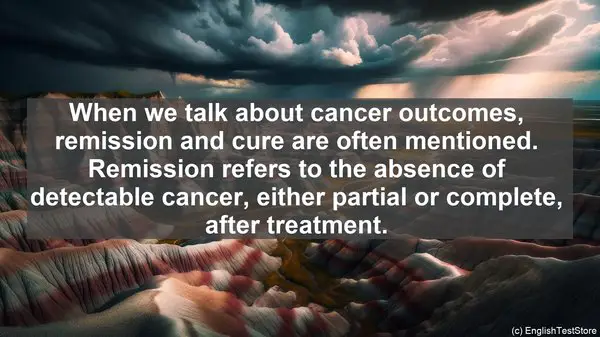Introduction
Welcome back to our series on cancer biology. Today, we have an interesting topic to discuss – the top 10 commonly confused words in this field. Let’s dive in!
1. Tumor vs. Cancer
Often used interchangeably, these terms have distinct meanings. While a tumor refers to an abnormal growth of cells, cancer is a complex disease characterized by uncontrolled cell growth, invasion, and potential metastasis. Not all tumors are cancerous, but all cancers involve the presence of tumors.
2. Benign vs. Malignant
When we talk about tumors, it’s important to differentiate between benign and malignant. Benign tumors are non-cancerous, localized, and usually don’t pose a significant threat to health. Malignant tumors, on the other hand, are cancerous, invasive, and can spread to other parts of the body.
3. Oncogene vs. Tumor Suppressor Gene
These are two key players in the development of cancer. Oncogenes are genes that, when mutated or overexpressed, can promote cell proliferation and tumor formation. Tumor suppressor genes, on the contrary, help regulate cell growth and prevent the development of cancer. Mutations in these genes can lead to uncontrolled cell division.
4. Metastasis vs. Invasion
While invasion refers to the local spread of cancer cells into nearby tissues, metastasis involves the distant spread of these cells to other organs or distant sites. Metastasis is a critical event in cancer progression and often associated with a poorer prognosis.
5. Carcinoma vs. Sarcoma
Both are types of cancer, but they arise from different cell types. Carcinomas originate from epithelial cells, which line the surfaces and cavities of the body. Sarcomas, on the other hand, develop from connective tissues such as bone, muscle, or fat. Each type has its unique characteristics and treatment approaches.
6. Apoptosis vs. Necrosis
These terms describe different types of cell death. Apoptosis, often referred to as programmed cell death, is a controlled and orderly process that occurs during normal development or to eliminate damaged cells. Necrosis, in contrast, is a more chaotic and uncontrolled form of cell death, often resulting from injury or disease.
7. Chemotherapy vs. Radiation Therapy
These are two common treatment modalities for cancer. Chemotherapy involves the use of drugs to kill or inhibit the growth of cancer cells, while radiation therapy uses high-energy radiation to target and destroy cancer cells. The choice of treatment depends on various factors, including the type and stage of cancer.
8. Remission vs. Cure
When we talk about cancer outcomes, remission and cure are often mentioned. Remission refers to the absence of detectable cancer, either partial or complete, after treatment. Cure, on the other hand, implies a long-term absence of cancer, with no chance of recurrence. Achieving a cure is the ultimate goal, but it’s not always possible.
9. Prognosis vs. Diagnosis
These terms are frequently used in the context of cancer. Diagnosis refers to the identification and classification of a disease, in this case, cancer. Prognosis, on the other hand, deals with the prediction of the likely course and outcome of the disease. Prognosis is influenced by various factors, including the stage of cancer and the patient’s overall health.

10. Prevalence vs. Incidence
When we talk about the occurrence of cancer, prevalence and incidence are important measures. Prevalence refers to the total number of cases of a disease, including both new and existing cases, within a specific population and time period. Incidence, on the other hand, focuses only on new cases. Both measures provide valuable insights into the burden of cancer.

